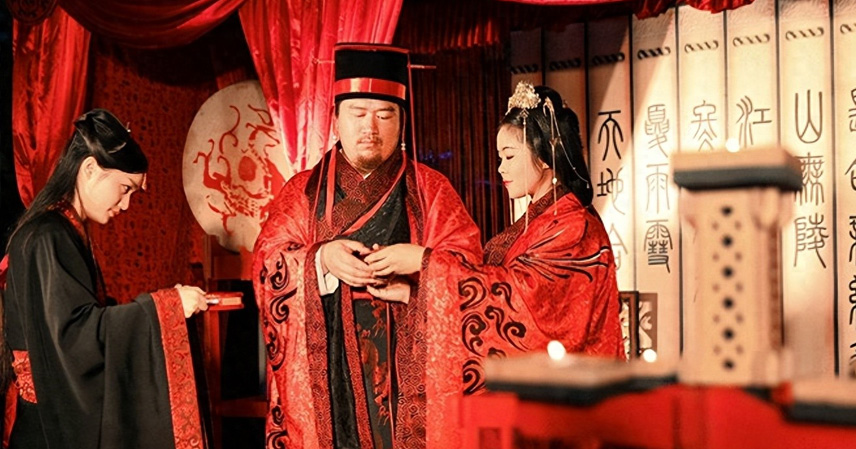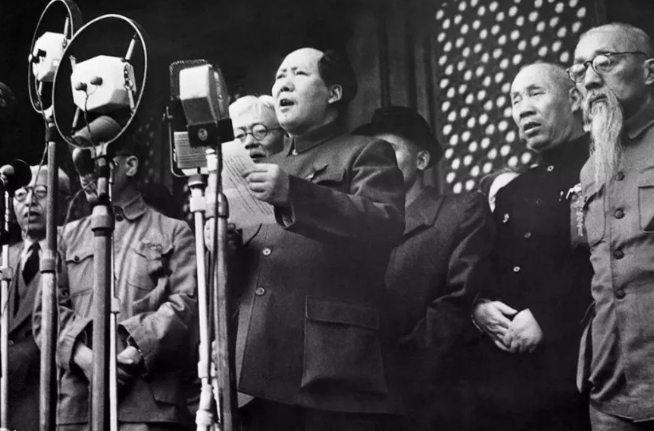Flipping through ancient Chinese texts, one notices a recurring delicacy: discussions of marital consummation are cloaked in phrases like “Zhou Gong’s rites,” a refined stand-in for bedroom matters that has endured for millennia.
Ever wondered what exactly “Zhou Gong’s rites” entails, and how this euphemism took root?
Turbulent Times Prompt Wedding Reforms
In the early Western Zhou Dynasty, fresh from conquest, the realm teetered on stability’s edge. After King Wu’s death, his young son Cheng ascended, with regency falling to uncle Ji Dan—the future Duke of Zhou, or Zhou Gong.
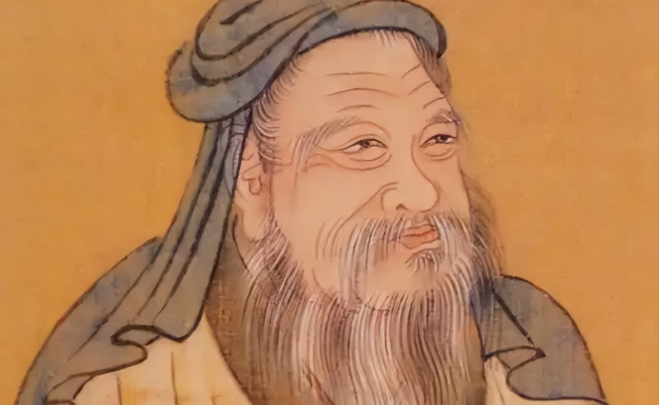
Zhou Gong inherited a realm marred by social disarray, especially in marital norms. Without structured unions, pairings formed and dissolved freely, unraveling family ties and muddying lineages—many children grew up fatherless.
A visionary statesman, Zhou Gong viewed households as society’s bedrock. “An unsteady home destabilizes the state,” he’d urge aides; governance began at the hearth. Historical accounts depict pre-Zhou customs as haphazard, with vestiges of communal marriages clashing against emerging hierarchies.
Zhou Gong resolved to overhaul this through formalized ancient Chinese wedding rituals.
Crafting the Seven-Step Ceremony
Convening scholars and ritualists, Zhou Gong devised the “seven rites of marriage”—a blueprint for orderly unions: Nacai (proposal), Wenming (name inquiry), Naji (divination), Nazheng (betrothal gifts), Qingqi (date setting), Qinying (bride fetching), and Dunlun (consummation).
Each step carried intent. Nacai enlisted a matchmaker, framing marriage as clan alliance. Wenming probed birth charts for compatibility, honoring fate’s role in harmony. Naji sought auspicious timing; Nazheng exchanged tokens of sincerity; Qingqi locked in the date; Qinying saw the groom escort the bride home.
Dunlun, the finale, denoted the couple’s private union—cementing their bond.
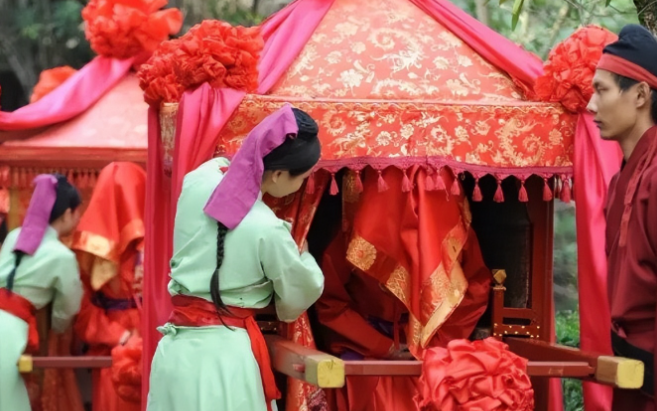
A Clever Gourd Solves the Demonstration Dilemma
To disseminate these rites, Zhou Gong staged a public enactment with his wife. The first six unfolded seamlessly, but Dunlun posed a snag: how to illustrate intimacy without impropriety?
His wife demurred, blushing, as courtiers shifted uncomfortably. Stymied, Zhou Gong paused—until his young son toddled in, clutching a gourd that split in play.
Seizing the moment, Zhou Gong held the halves aloft: “See how this whole divides into distinct parts, mirroring male and female separation.” Reuniting them, he added, “Now they merge as one, embodying spousal unity.”
The analogy—vivid yet veiled—dawned clarity on onlookers, earning nods for its ingenuity.
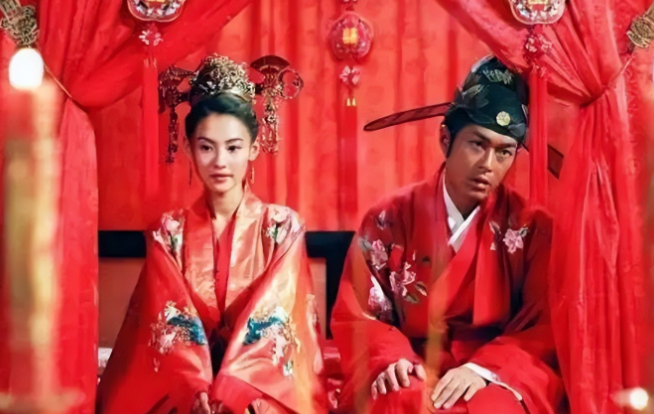
From Gourd Metaphor to Timeless Euphemism
Word of the gourd demo spread swiftly, embedding the vegetable in nuptials: couples sipped from halved vessels in the hejin rite, symbolizing oneness.
Over time, “Dunlun” evolved into “Zhou Gong’s rites,” a nod to the Duke’s wisdom that sidestepped bluntness. This phrasing resonated with China’s cultural restraint—valuing decorum over candor in sensitive realms.
Variants like “Dunlun rites” or “hejin ceremony” emerged, but “Zhou Gong’s rites” prevailed, its deference and grace ensuring longevity.
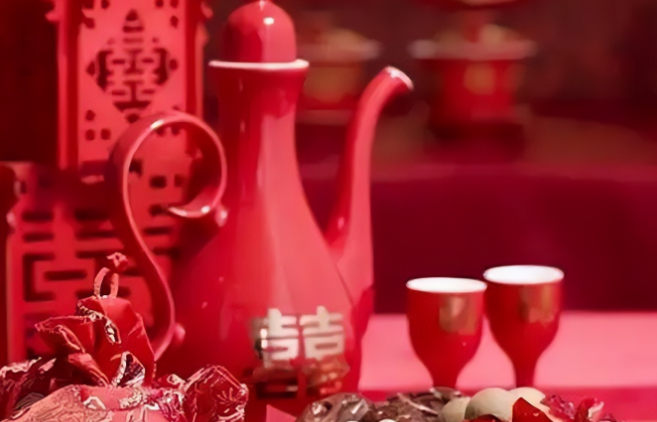
Enduring Legacy in Culture and Custom
Zhou Gong’s framework shaped millennia of Chinese wedding customs, from hejin echoes in modern toasts to literary motifs in the Shijing, Tang poetry, and Dream of the Red Chamber.
It enshrined core ideals: monogamy, patrilineal descent, familial continuity—influencing societal norms profoundly. Literati favored the term for its erudition sans vulgarity; folklore wove it into blessings like “newlyweds in Zhou Gong’s embrace.”
This saga—from ritual codex to euphemistic hallmark—highlights ancient ingenuity: a humble prop resolving a profound etiquette puzzle, yielding a cultural emblem of poise and profundity.
References
- Zhou Li: Di Guan: Mei Shi (Rites of Zhou: Officials of Earth: Matchmaker)
- Yi Li: Shi Hun Li (Book of Etiquette and Ceremonial: Marriage Rites for Scholars)
- Li Ji: Hun Yi (Book of Rites: Meaning of Marriage)
- Shi Ji: Zhou Ben Ji by Sima Qian (Records of the Grand Historian: Annals of Zhou)
- Li Ji Zheng Yi by Kong Yingda (Justice to the Book of Rites)
- Yi Li Jing Zhuan Tong Jie by Zhu Xi (Comprehensive Explanation of the Book of Etiquette and Ceremonial)
- Chun Qiu Zuo Zhuan (Zuo Commentary on the Spring and Autumn Annals)
- Shang Shu: Hong Fan (Book of Documents: Great Plan)

